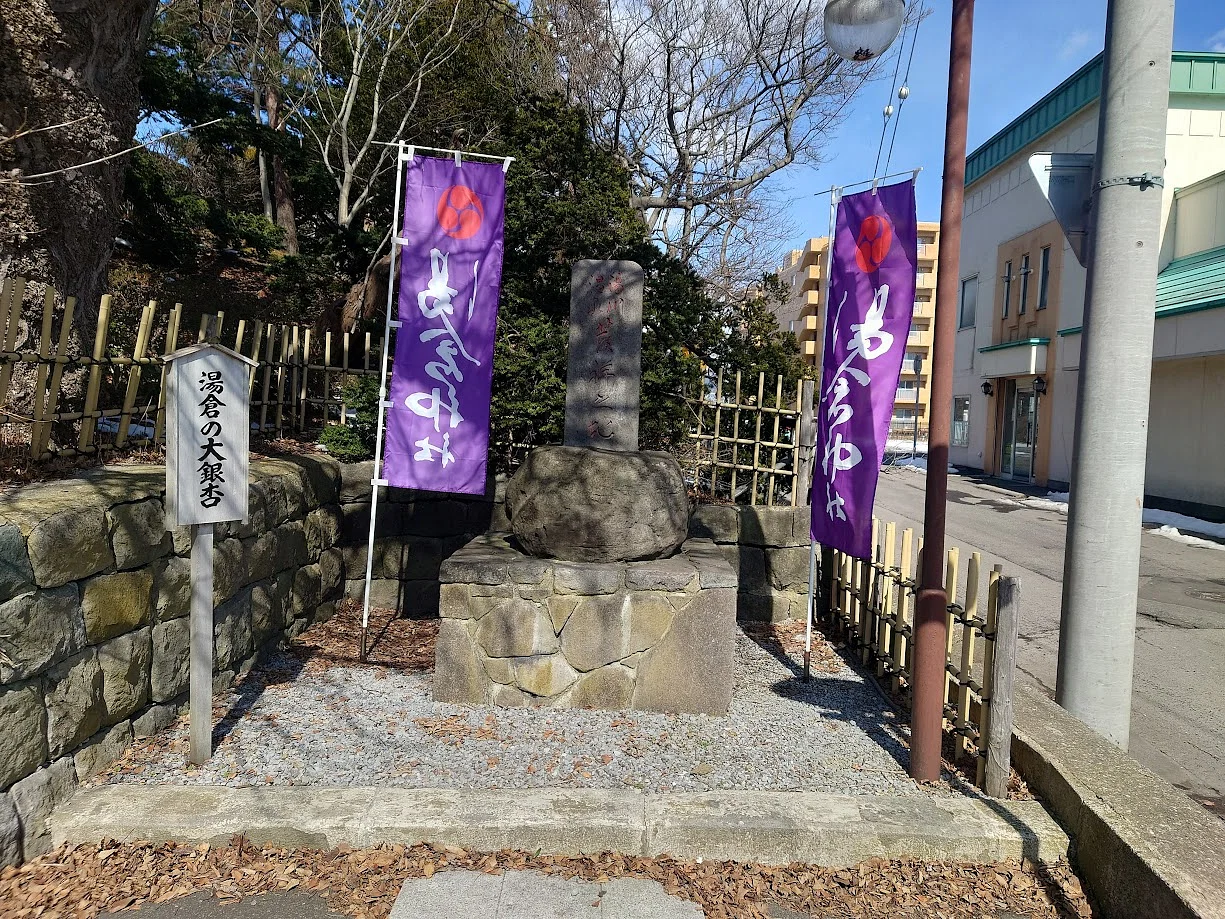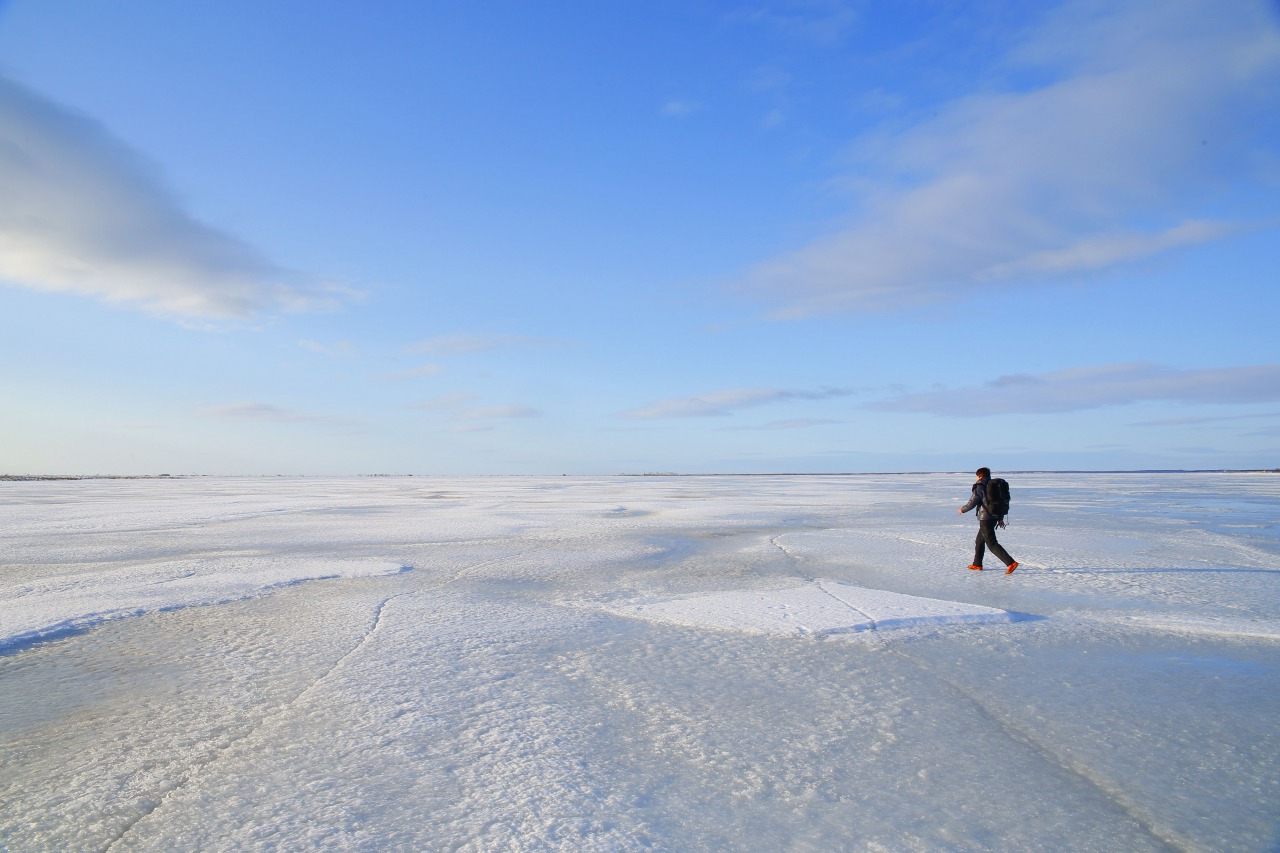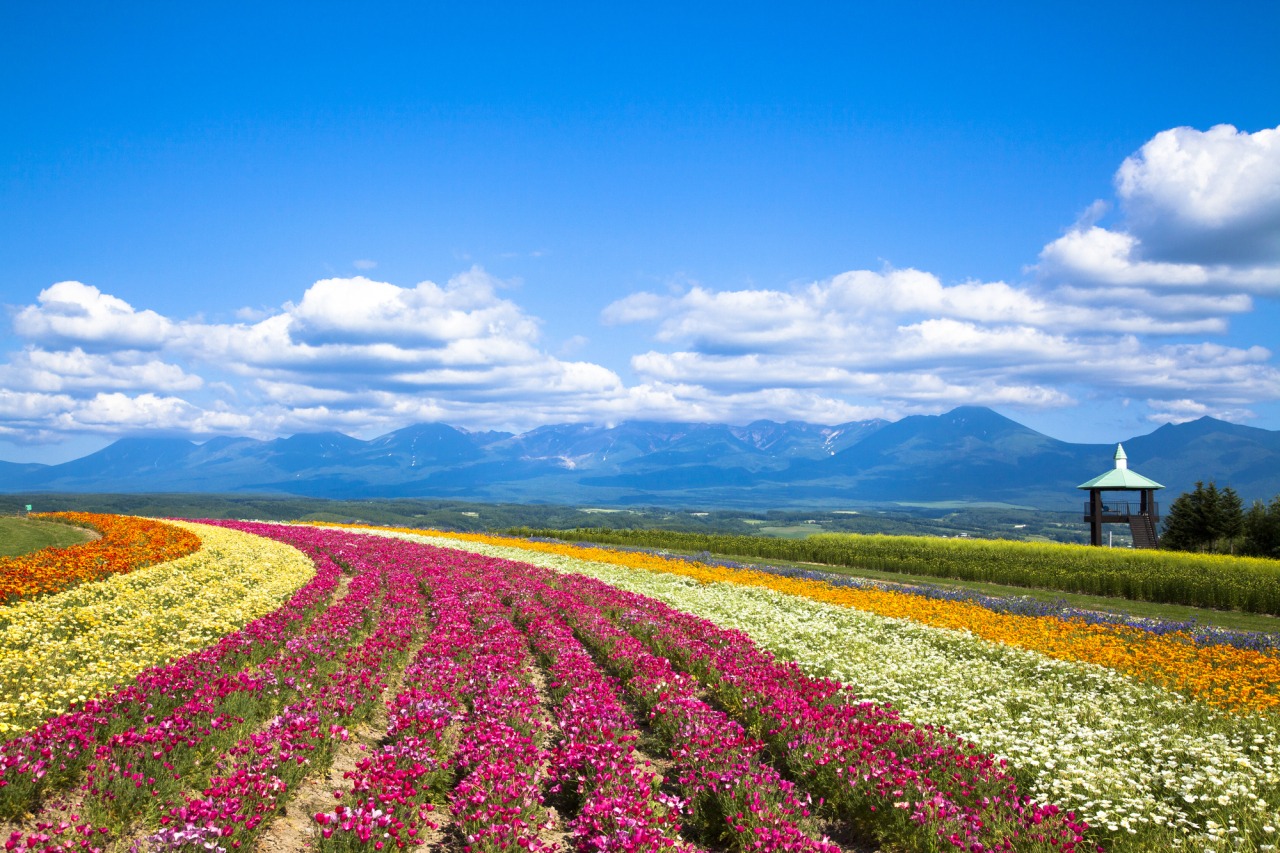

Things to do in Hakodate:Yunokawa Onsen
History of Yunokawa Onsen
Hakodate Yunokawa Onsen is considered one of the three major hot spring resorts in Hokkaido and has been loved by people as a famous hot spring since ancient times. Here we will introduce the history of Yunokawa Onsen, which has healed many people.
この投稿をInstagramで見る
Yunokawa Onsen, where the feudal lord was healed
In 1653 (Joo 2nd year), the ninth lord of the Matsumae domain, Takahiro (childhood name Senshomaru), fell ill with an incurable disease, and his illness worsened day by day. I have a dream that if I go to a hot spring in , any illness will be cured.
When Senkatsumaru was cured in the hot spring, he soon made a full recovery. As a token of gratitude, the domain rebuilt Yakushido and dedicated a waniguchi.
This is said to be the origin of Yunokawa Onsen.
The beginning of Yunokawa
It is a well-established theory that the etymology of “Yunokawa” comes from the Ainu words “yu (hot water) + petsu (river)”.
この投稿をInstagramで見る
Origin of Yukura Shrine
In 1453 (Kyotoku 2nd year), a woodcutter found a hot spring, remembered this hot spring when he was injured, and healed his arm pain.
Legend has it that as a token of gratitude, the Yakushi Nyorai was created and a small shrine was built to enshrine it.
It is said to be the origin of Yukura Shrine.
この投稿をInstagramで見る
Takeaki Enomoto also took a bath in hot springs.
It is said that during the Hakodate War, Enomoto Takeaki of the former Shogunate army used the baths to recuperate injured and sick soldiers, and Enomoto himself bathed there.
It is said that the town next to Yunokawa, Enomoto-cho, where the Yunokawa Field Sanatorium Site is located, was named after him.
この投稿をInstagramで見る
Hakodate’s back parlor/Yunokawa Onsen
It is a well-established theory that the etymology of “Yunokawa” comes from the Ainu words “yu (hot water) + petsu (river)”.
Initially, hot springs were not widely known because the amount of hot water was small and the temperature was low. However, in 1891, Tosuke Ishikawa discovered a hot spring with a temperature of over 100 degrees and a flow rate of 140 liters per minute, and after opening a hot spring spa in 1901, the number of bathers increased, and restaurants, inns, and shops were built. The river begins to become lively.
In 1891, the current train station opened, and the area flourished as an entertainment area.
この投稿をInstagramで見る
After that, a horse-drawn railway was opened in 1899.
Trains were replaced in 1912, and Japan’s first toll road opened along the coastline in 1917.
Yunokawa becomes even more crowded.
Yunokawa Amusement Park was built near the current Hakodate Civic Center, and became famous as a place for play, including a zoo, an artificial waterfall, and Ryugu Castle.
At that time, Yunokawa was so popular as a scenic spot that it was called one of the “Yunokawa Eight Views”.
The Nezaki coast in particular has a wonderful 360° panoramic view, and has become famous as a “borrowed view.” After that, as the North Sea fishing industry flourished, it became a lively entertainment district, and until around 1945, it was called “Hakodate’s inner parlor”.
この投稿をInstagramで見る
Yunokawa Onsen now
Currently, 5.4 million people visit Hakodate every year, and of the 4.4 million overnight guests, approximately 1.3 million stay at Yunokawa Onsen.
Nearby attractions include Kosetsuen (Miharashi Park), Hokkaido’s only nationally designated scenic spot, Trappistine Monastery, the first convent for women in Japan, Nezaki Beach with a borrowed view, a tropical botanical garden with monkeys bathing in hot springs, and the Matsukura River. It is a base for sightseeing in Hakodate, suitable for walking and sightseeing.

















